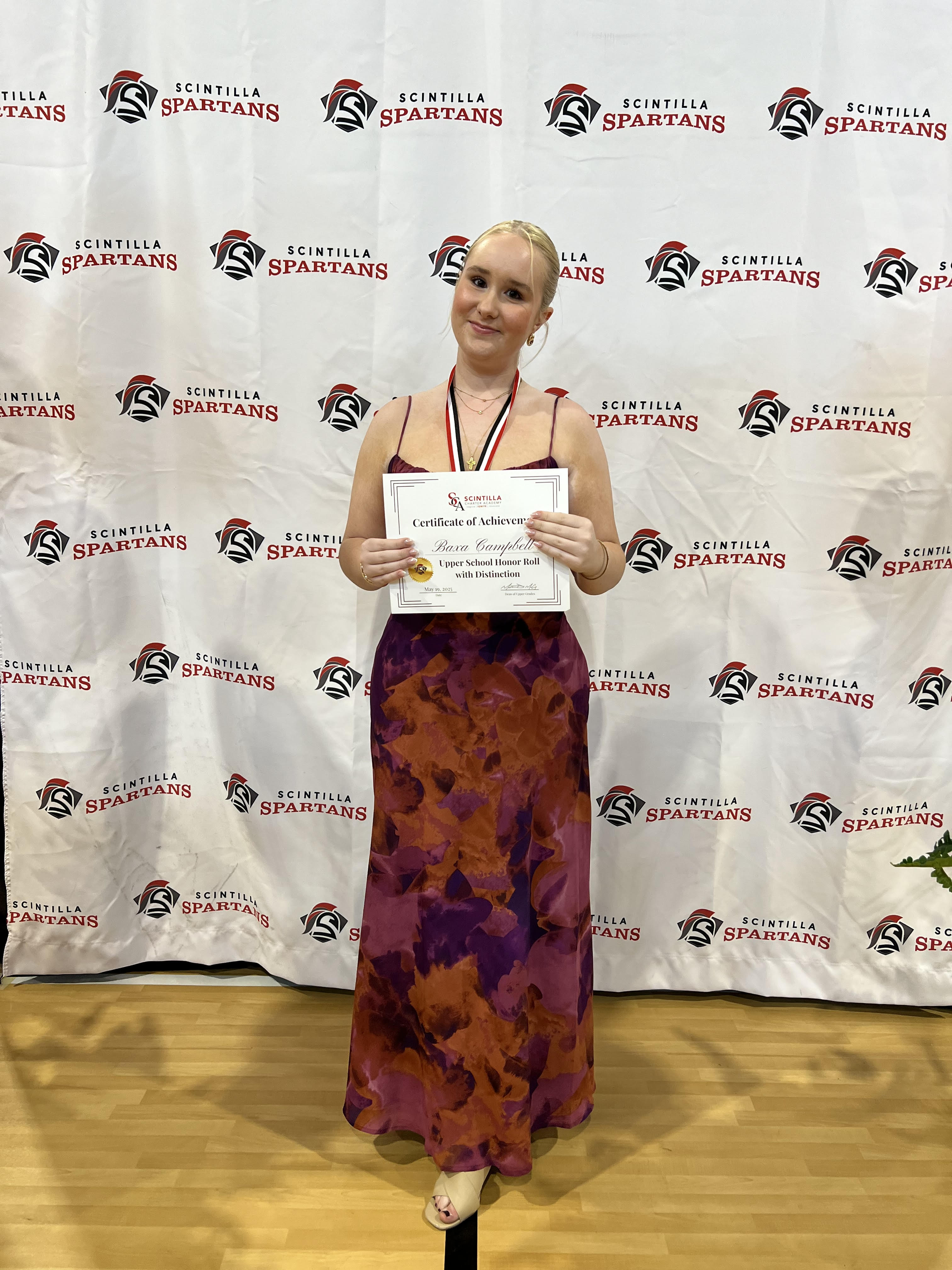Grooms Gardening: Perennials are in bloom
Published 1:00 pm Saturday, September 10, 2022

- Summer phlox in bloom.
My garden is well watered; everyone’s in Lowndes County should be too, from what I have heard from friends around South Georgia.
Due to abundant rain, temperatures have stayed out of the high 90s and clouds have provided several days of almost comfortable afternoons. There is a hurricane thinking about getting organized in the Eastern Atlantic. So we may continue to have plenty of rain and maybe a few more cooler days through this week.
Gardens are full of colorful flowers that are considered late summer bloomers. These are often perennials that may be slow starters in spring; they come back from rootstock and by summer are filling spaces with blooms.
Four-o’clocks, Mirabilia jalapa, falls into this group. They form huge tubers underground and are extremely hardy; they also produce thousands of hard black seed that have a high germination rate. The foliage can reach 3’ to 4’ tall in a couple of years; a hard freeze kills them to the soil line but warm days brings them back in spring.
The flowers are one to two inches across and open in the afternoons, (4 o’clock), with very scented petals, filling the garden with their unique fragrance. The flowers come in pure white, deep fuchsia red, yellow and a bi-color of pink and yellow and bi-colors of striped and splotched pinks, whites, yellows and orange.
The foliage is strong and will shade out lower-growing plants. That is how I lost most of the old-fashioned gerbera daisies I had for decades. Plant 4 o’clocks away from favorite beds, they will form a colony if planted in sun and left alone, weeds rarely have a chance to compete unless they are already present and have strong root masses.
Driveways, a road or mowing will keep them from spreading on and on. One or two can be grown in a bed with other flowers but seedlings will have to be removed monthly.
Purple coneflowers, Echinacea purpura, are flowering again; mine did not get deadheaded after late spring bloom, so they have just gotten around to flowering again. If they had been cared for properly they would have flowered continually.
These are plains flowers that can withstand dry periods if well established. They may self-seed if not surrounded by weeds that smother out seedlings. Once they are established, they return each year, while not long-lived, seedlings replace original plants and they seem to last for many years.
Modern introductions offer flowers in colors other than purple. Bright pink, yellow, golden orange, red hot orange and almost true red are available.
Shrimp plant, Beloperone guttata, also called Justicia by some, an old-timey plant seen more often in grandmother’s garden of yesterday than plant centers today. Another perennial, care-free plant that is without any known pests. Shrimp plant is slow to return in spring, it waits until the soil warms up then shoots up foliage.
The flowers are unusual, tubular flowers come from pinkish-red bracts that are three to four inches long and curl slightly like a shrimp. The true flowers are white with delicate patterns in pink or wine. There is a yellow flowering variety called “Yellow Queen” both are attractive.
Hummingbirds and pollinators like this plant because of the many tubes that offer nectar and there are hundreds on a good-sized plant. Full sun or partial shade keeps shrimp blooming until frost. A freeze will kill foliage until spring.
This plant is not invasive although it will form a larger clump through the years, it stays where you plant it. Foliage reaches four to five feet in two to three years. You can root cuttings for more plants if desired.
Angel’s trumpets, Burgmansia sauveolens, the tender perennial that produces very large pendulous trumpet-shaped flowers that face downwards, are flowering. There are eight species of Burgmansia with slightly different flower forms and colors.
Every bit of these plants are toxic, with leaves and seeds being the most toxic. I have worked with them for 30 years, planting, cutting, pruning and being around them in many situations and have never been bothered at all but I don’t nibble on or taste any plants unless I am sure they are eatable.
Research says the effects are horrible and nothing to ever try. In my day, a cigarette was “daring” and if my father had found out, it would have been physically damaging also.
My husband had a Siamese cat, very intelligent, he taught himself to pee in the toilet among other surprising things. When he was 3, I noticed he would drink out of the rooting bucket that held angel’s trumpet cuttings, I knew they were toxic but not to the degree they are.
I moved the bucket to a difficult spot to access, he made every effort to get to it but it decreased his intake but he would hunt new containers. Finally had to turn to two-liter bottles and only have an opening large enough to stick two to three stems in, once in his effort to get to “the juice,” he got his head stuck in one and he was more cautious after that.
“Suge,” short for Sugar Boy, died at 4 years old from kidney disease. I have always thought the drug destroyed his kidneys.
All Burgmansia are extinct in their native habitat, Brazil, Ecuador, southern Mexico and other tropical countries in South America. It is believed the animal or insect that spread their seeds went extinct and the plants soon followed.
Locally, we can grow them outside in the ground but winter kills the plants to the soil line; they return in spring from their root mass. Easy to grow, no known pests and strikingly beautiful with a sweet scent in late evening.
I have certainly rambled on too long, see you in a couple of weeks.
Susan Grooms lives and gardens in Lowndes County.





